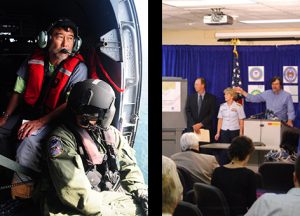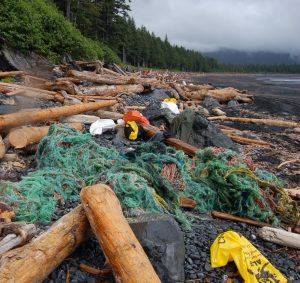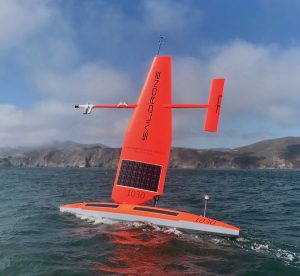What’s in that Mouthful of Seawater: Introducing the Ocean’s Microscopic World
Vera Trainer, NOAA’s Northwest Fisheries Science Center in Seattle, WA The ocean’s microscopic single-celled organisms produce over half the world’s oxygen. These phytoplankton provide clean air, draw down carbon dioxide responsible for climate change, and are a major source of food for marine creatures. However, some phytoplankton can produce chemicals that are poisonous to humans,…
Read MoreThe Job of a NOAA Oil Spill Response Scientist
Gary Shigenaka and Charlie Henry, both of NOAA’s Office of Response and Restoration in Seattle, WA and Mobile, AL NOAA scientists respond to more than 150 oil spills every year. It is their job to provide the best available science that guides emergency response decision making. April 2020 marked the 10 year anniversary of the…
Read MoreAlaska Week: Uncovering the Seafloor – Charting Alaska’s Waters
Lieutenant (junior grade) Michelle Levano and Pete Holmberg, both from NOAA’s Office of Coast Survey in Seattle, WA How do we collect information on ocean depths, and how does that information get on paper? It’s important for us to measure water depths and features to keep ships safe and help them navigate and sometimes we…
Read MoreAlaska Week: Talking Trash
Peter Murphy, NOAA’s Marine Debris Program Alaska Regional Coordinator in Seattle, WA When you think of Alaska, you may think of bears, snow-capped peaks, and stunning glaciers (or just “home”). You can find all of that in Alaska, but also a whole lot of marine debris from all over the world. The same things that…
Read MoreAlaska Week: Flying Beneath the Clouds at the Edge of the World
Katie Sweeney, NOAA’s Marine Mammal Lab in the Alaska Fisheries Science Center in Seattle, WA Do you have a toy drone at home? Join in to learn about how the Marine Mammal Lab is using drones for learning more about wildlife. The Alaska Ecosystem Program studies Steller sea lions in Alaska using drones and we’re…
Read MoreSaildrones – Sailing the Seas for Science
Heather Tabisola, NOAA’s Pacific Marine Environmental Laboratory in Seattle, WA Have you ever seen a drone? Some people think they look like helicopters. But not all drones fly! Some sail across the water, powered by wind, collecting information on the ocean and atmosphere as they go. In this webinar, you will talk to a NOAA…
Read More





